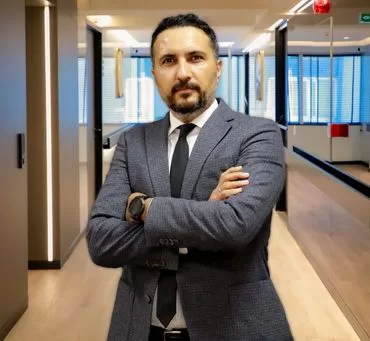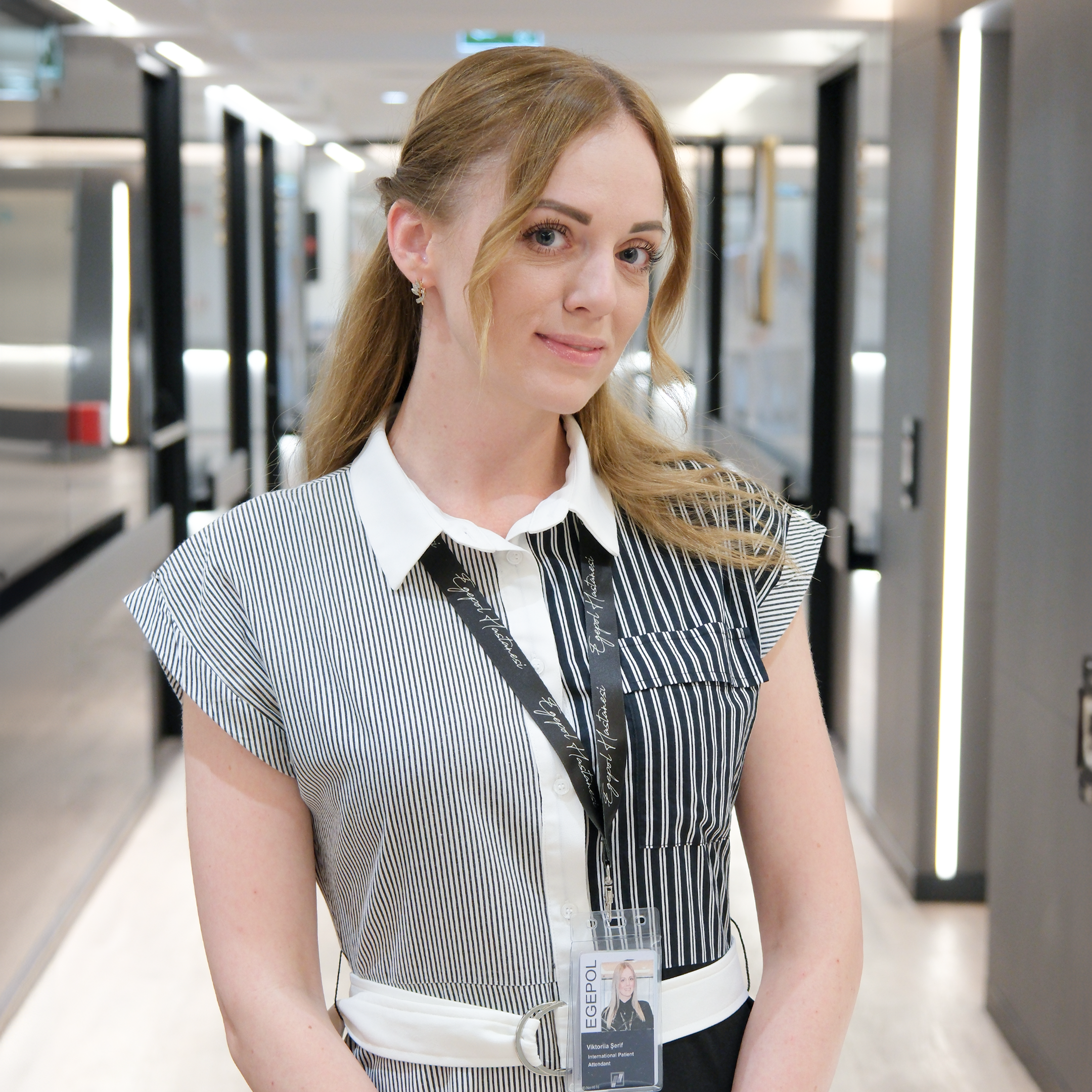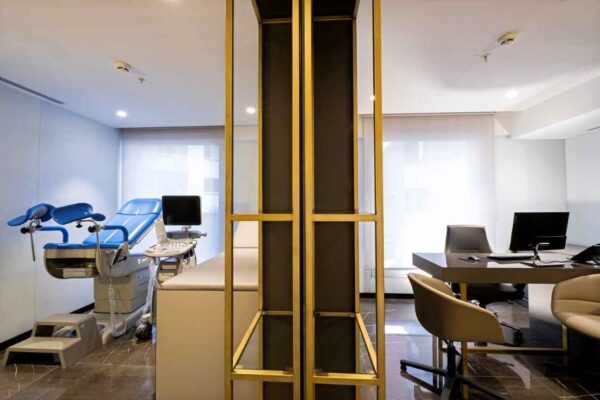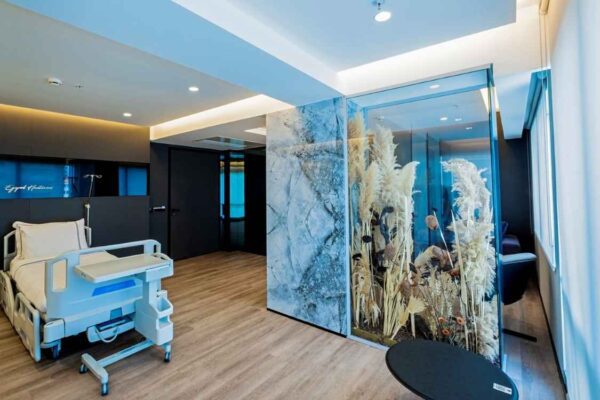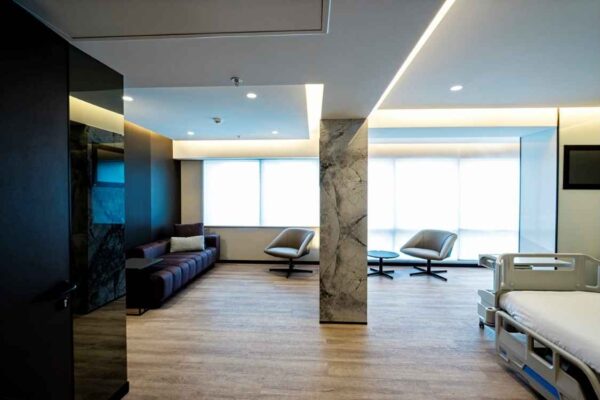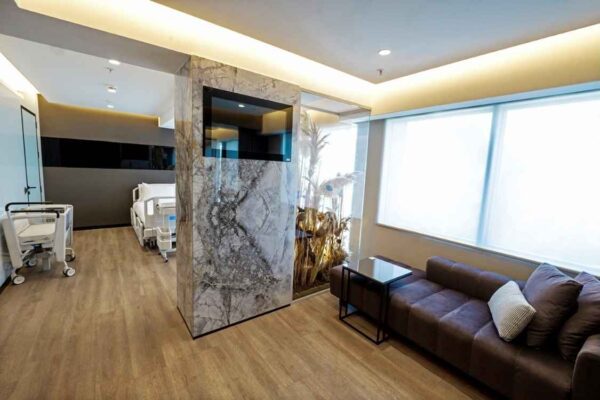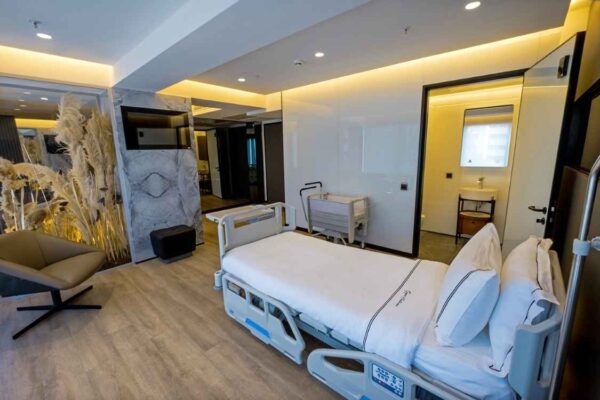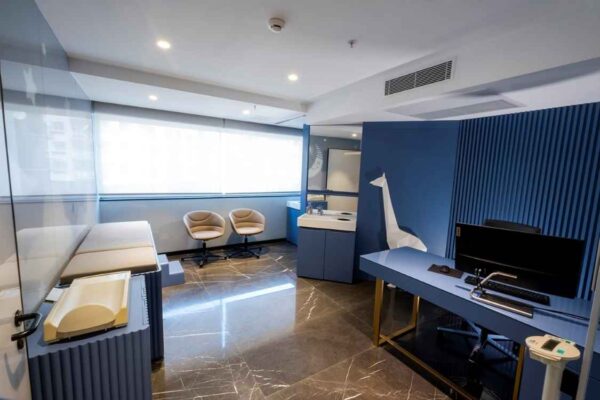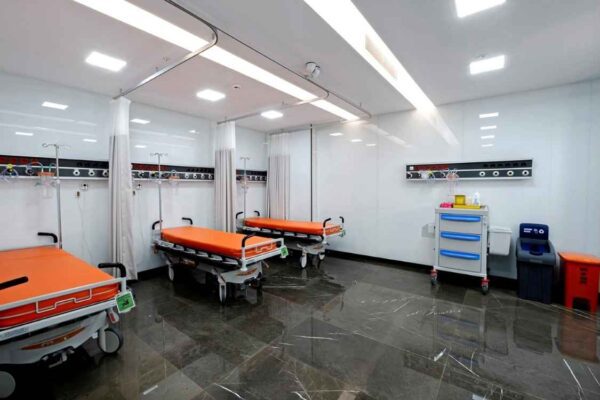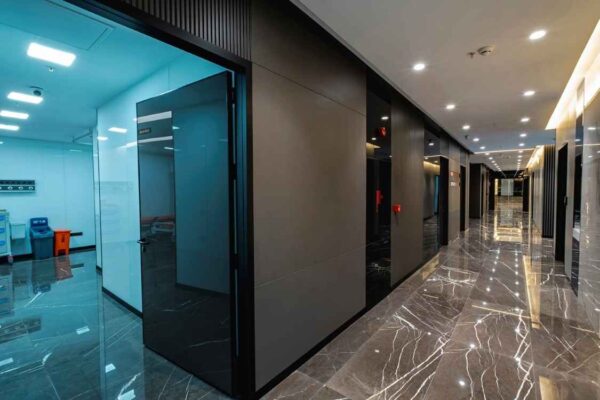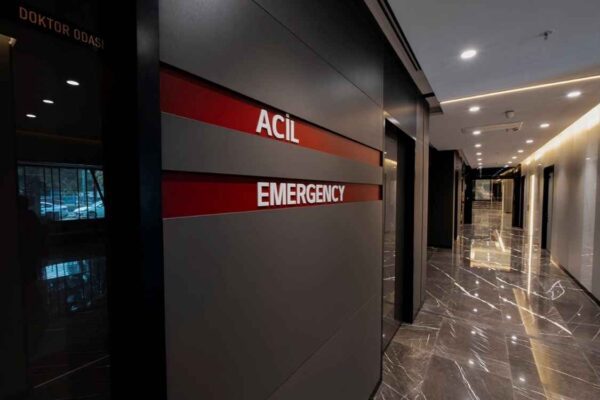Arthroscopy is known as a very common method used in the treatment and diagnosis of large joint injuries all over the world.
How are Arthroscopic (Closed) Knee Surgeries Performed?
Arthroscopic (closed) knee surgeries are a type of surgical procedure that does not harm the patient. Patients do not have to be hospitalized after this procedure. The doctor inserts a 6 mm. diameter optical instrument called an arthroscope through a small incision into the knee joint cavity.
This makes the inside of the knee joint completely visible through a monitor. All knee problems can be seen and diagnosed in this way. It can also be easily treated. At the end of the surgery, the area where the procedure is performed is not stitched.
What is a ligament repair?
Knee ligament repair (ACL) is the reconstruction of the torn ligament with the help of a tissue taken from the person himself or sold ready-made. Since it is not possible to repair the torn ligament surgically by suturing, a new one is made. The newly formed ligament is attached to the bones with special screws. This is done using an arthroscope.
Arthroscopy is the most commonly used method for the diagnosis and treatment of knee problems. In particular, cartilage problems, meniscus tears, cruciate ligament tears and early calcification problems are among the most frequently treated problems with this method.
When Are Arthroscopic (Closed) Knee Surgeries Performed?
Arthroscopic knee surgeries are performed when the patient has damaged cartilage in the knee. Other options are as follows;
- Limiting your movements
- Physical therapy
- Taking medication to prevent swelling
- Open knee surgery
- Choosing not to be treated, knowing the risks of the situation
How Are Arthroscopic (Closed) Knee Surgeries Performed?
Knee arthroscopy is a minimally invasive surgical procedure. In other words, it is performed without opening large surgical incisions. For this reason, it is also commonly known as closed knee surgery. Knee arthroscopy can be performed under general or regional anesthesia. In regional anesthesia, only the knee where the procedure is planned to be performed is numbed, but in general anesthesia you should be completely asleep.
The orthopedic anesthesiologist and the doctor will advise on the most appropriate method of anesthesia depending on the patient’s medical condition. After the anesthesia has been administered, several small incisions called “portals” are made in your knee to allow easy access to the knee joint.
Since the thickness of the surgical instruments used for knee arthroscopy is usually half a centimeter in diameter, the incisions are smaller than a centimeter. Through these incisions, your doctor inserts a small camera called an arthroscope into your knee joint. This also allows the inside of the knee joint to be viewed on a screen.
This way, the problem in your knee can be easily diagnosed and, if necessary, the problem in the joint can be fixed with small surgical instruments. The nerves, ligaments and blood vessels around the joint are not damaged during the procedure.
After the surgery, your knee is wrapped with a much softer bandage. The knee arthroscopy procedure takes approximately one hour. However, the duration of the procedure may vary depending on the treatment required and the findings.
What Happens After Arthroscopic (Closed) Knee Surgery?
After arthroscopic knee surgery, the patient can return home on the same day. The treated leg should be kept elevated for a while. Care should be taken to rest regularly for at least 2-3 days without tiring yourself by avoiding activities that will strain the leg or apply weight. After your doctor controls, you should stay away from all activities that will force you until your doctor gives permission. When all these are taken into consideration, the patient can return to his/her normal life in a short time.
FAQs
The payment plan options for arthroscopic (closed) knee surgery in Turkey typically include credit card, bank transfer, or cash. Most medical facilities accept credit cards for payment, while bank transfers can be arranged for those who prefer it. Cash payment is also an option, but it’s advisable to check with the specific clinic or hospital for their accepted methods of payment.
No, Arthroscopic (closed) knee surgery does not typically come under insurance coverage. While coverage policies may vary, this type of surgery is often considered elective or minimally invasive, leading insurance providers to classify it as a non-covered or out-of-pocket expense for the patient.
Arthroscopic (closed) knee surgery being cheaper in Turkey can be attributed to a combination of factors. Turkey has a lower cost of living and medical expenses compared to many other countries. Additionally, there is strong competition among medical providers, resulting in more affordable healthcare services, including arthroscopic knee surgery.
No, you cannot obtain finance specifically for arthroscopic (closed) knee surgery. Medical procedures, including surgeries, are typically covered by health insurance or paid for out of pocket. Specific financial arrangements would need to be made with healthcare providers or through personal savings or loans.
The age limit for arthroscopic (closed) knee surgery in Turkey may vary depending on several factors such as the patient’s overall health and specific condition. It is best to consult with a qualified orthopedic surgeon who can assess the individual’s situation and determine the appropriateness of the procedure.
The success rate of arthroscopic (closed) knee surgery is generally high, with a low risk of complications. However, like any surgical procedure, there is a small percentage for potential complications such as infection, blood clots, or damage to surrounding structures. Discussing specific risks with a healthcare professional is recommended for accurate information.
While arthroscopic knee surgery is generally considered safe and minimally invasive, there are potential complications. These include infection, blood clots, nerve or blood vessel damage, persistent pain or stiffness, and the risk of ineffective or unsuccessful surgery. It is essential to discuss these possibilities with your surgeon before undergoing the procedure.
Our Team
Our Hospital
Atilla, Halide Edip Adıvar St.
No:57, 35270 Konak/İzmir




